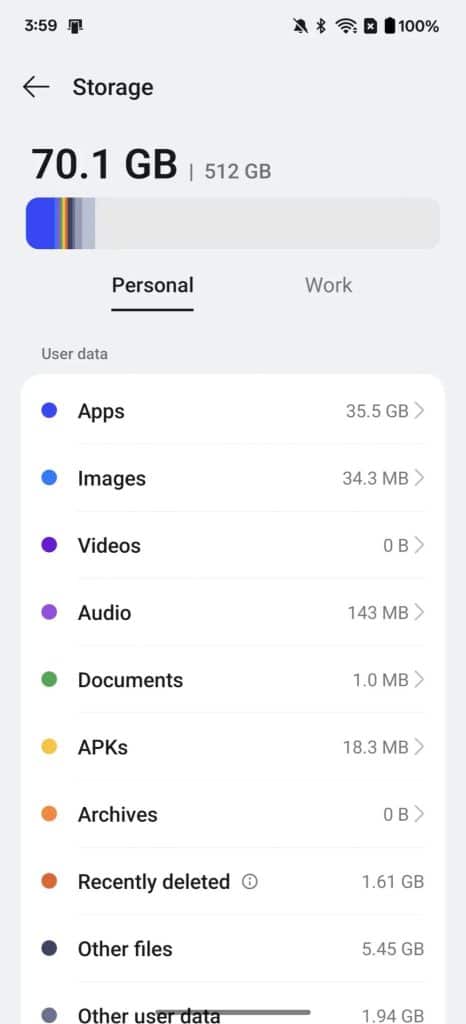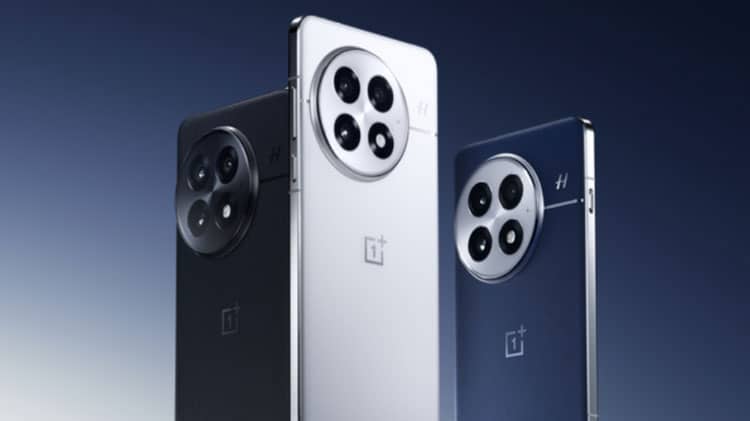Highlights:
- Increased Usable Storage: OxygenOS 15 on OnePlus 13 reduces system data usage by nearly 20%, leaving more storage for user files and apps.
- Advanced Anti-Theft Tracking: Potential support for Find My Device tracking even when the phone is powered off, leveraging Qualcomm’s FastConnect 7900 platform.
- Refined User Experience: Features exclusive to the OnePlus 13 global variant include AI-driven animations, a split Quick Settings panel, and more customizable options.
Find My Device Powered-Off Tracking and Anti-Theft Enhancements
![]()
With OxygenOS 15’s beta release on the OnePlus 12, OnePlus has introduced a powerful anti-theft option: tracking even when the device is powered off. First pioneered on Google’s Pixel 8 and 9, this feature uses continuous power to the Bluetooth chip—broadcasting signals to nearby devices that relay data to Google, enabling location tracking even when switched off. While the OnePlus 12 beta build hinted at this capability, its hardware lacks full support, unlike the OnePlus 13, which comes equipped with the Snapdragon 8 Elite chipset and FastConnect 7900 subsystem.
This powered-off tracking feature addresses a significant vulnerability—thieves often switch off stolen devices to avoid tracking. With this new feature on the OnePlus 13, users can expect enhanced security, as tracking remains active even if the phone is turned off. This adds an extra layer of theft protection, though Qualcomm confirms implementation is up to each manufacturer.
Reduced System Data Usage and Extra Storage

OxygenOS 15 on the OnePlus 13 delivers a substantial 20% reduction in system storage usage, freeing up 5GB more space than the previous model. This is achieved by minimizing preloaded resources, like wallpapers, which users can download when needed, and optimizing the software structure to reduce redundancies. For instance, the super partition data on the OnePlus 13 occupies just 14.3GB, compared to 16GB on the OnePlus 12, giving users additional storage.
On a 1TB OnePlus 13, this optimization leads to a slight yet noticeable increase in user-accessible storage—2.19GB more than the OnePlus 12. This boost, though modest, could make a difference for users needing extra space for photos, apps, or files.
What’s New with OxygenOS 15?

Beyond security and storage improvements, OxygenOS 15 brings several design and functionality upgrades:
- Smoother Animations & AI: Enhanced animations with AI optimization for smoother transitions.
- Customizable Quick Settings Panel: Similar to iOS, the new split Quick Settings panel offers more accessible toggles and customization options.
- Dynamic Icon Colors: Added options to adjust icon colors and themes, making the user interface more versatile.
What This Means for Users
The OnePlus 13 with OxygenOS 15 is shaping up to be a significant step forward in terms of both storage efficiency and security. The introduction of powered-off tracking will give users a more robust tool to locate their device in theft cases, a welcome addition that enhances personal security. Additionally, the reduction in system storage allows users more space for individual files and applications without needing to compromise on preloaded content.
If these features launch globally, they could set a new standard for Android phones—particularly in the high-stakes area of anti-theft technology. By reducing the available storage burden, OxygenOS 15 makes the OnePlus 13 safer and more practical, showing OnePlus’ commitment to user-centered innovation.


